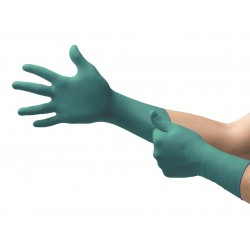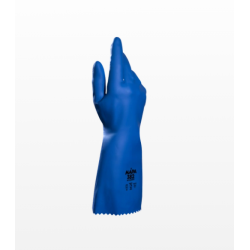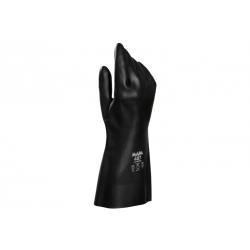Chemical Gloves
Guidance - From Mapa Professional
Chemical-resistant gloves are essential to personal protective equipment (PPE) in various industries where workers handle potentially hazardous substances. These gloves are a critical barrier between the skin and harmful chemicals, preventing direct contact and minimizing the risk of chemical burns, irritation, and other adverse health effects. Understanding the need for chemical-resistant gloves and choosing the best ones for specific tasks is paramount to ensuring the safety and well-being of workers.
Four Crucial Steps to Choosing Your Ideal Glove
1. Identify the chemical substance. 2. Associate the exposure contact time
3. Think of other hazards you might encounter, such as thermal, mechanical, or critical environment. 4. Consider wear time for more comfort.
Standard EN ISO 374-1: 2016 for Protective gloves against chemicals
It is based on three test methods:
- Penetration test in accordance with standard EN 374-2: 2014
- Permeation test in accordance with standard EN 16523-1: 2015, which replaces standard EN 374-3
- Degradation test in accordance with standard EN 374-4: 2013.
Perm permeation and degradation tests must be carried out to claim protection against a chemical on the list. The results of the degradation test must appear in the information leaflet.
1 pictogram & 3 types of glove
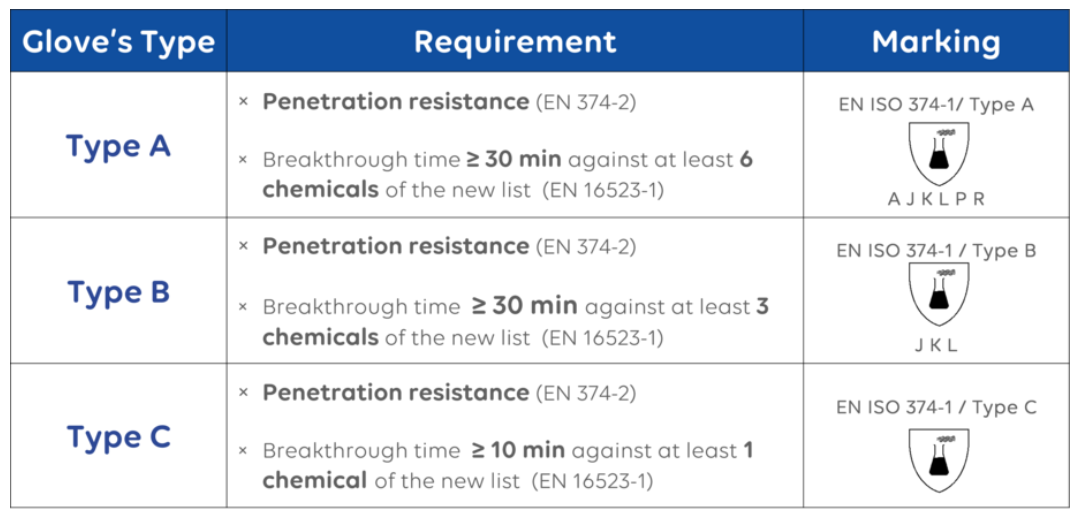
6 new chemicals have been added to the list of hazardous compounds
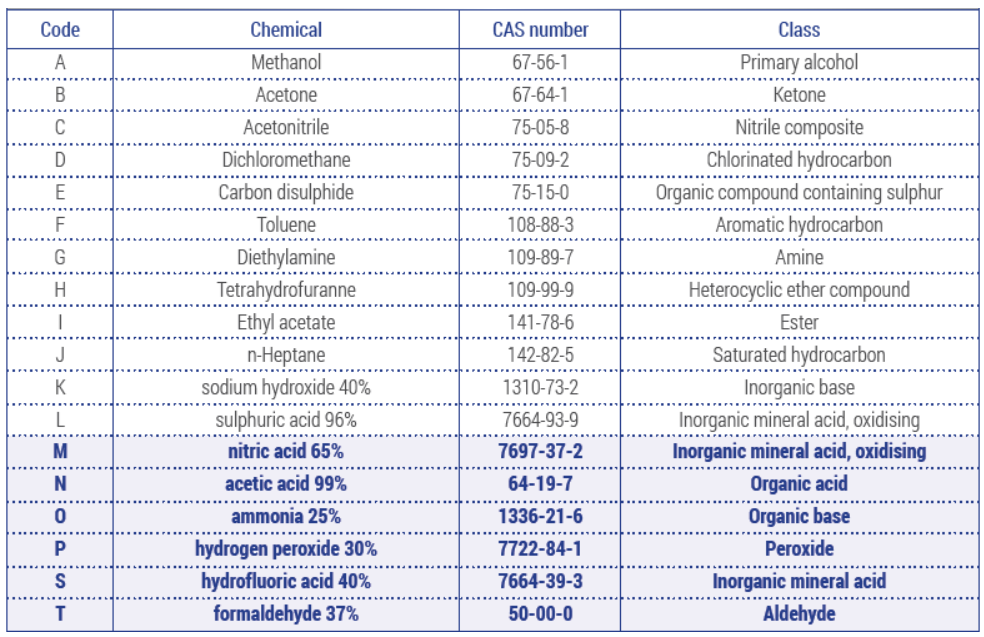
The standard EN ISO 374-5: 2016
Protective gloves against micro-organisms
Gloves must pass the penetration resistance test in accordance with standard EN 374-2: 2014.
The possibility of claiming protection against viruses was added if the glove passed the ISO 16604: 2004 (method B) test.
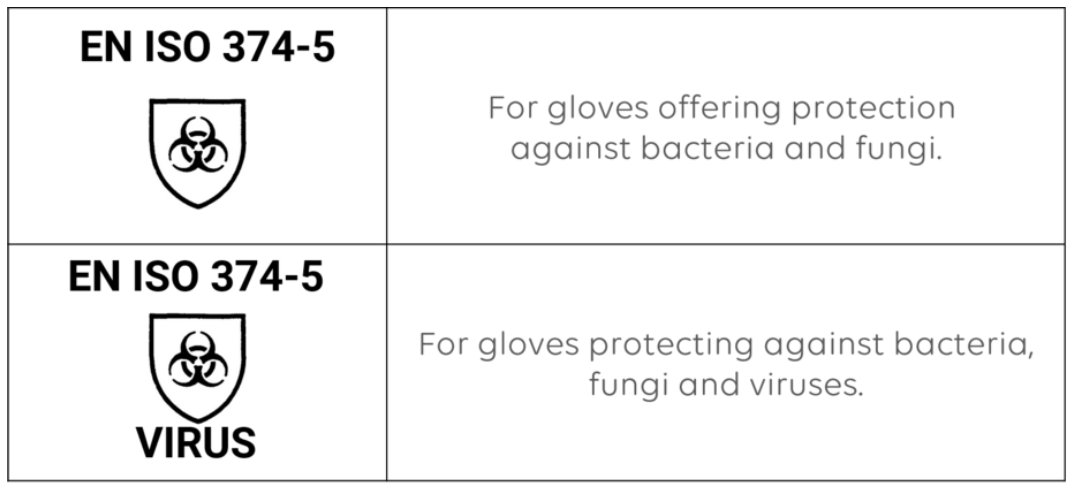
Download the documentation
Revision of standard EN 374






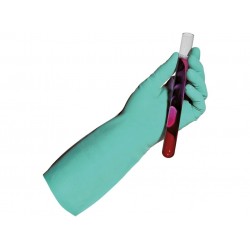

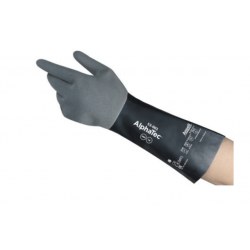
-250x250w.png)
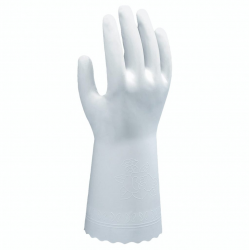
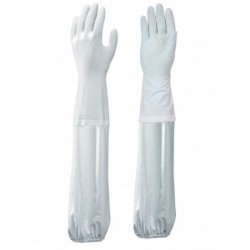
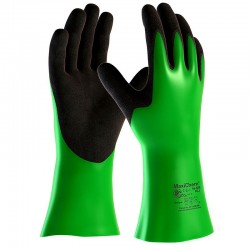

-250x250w.png)
